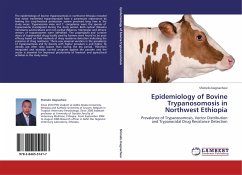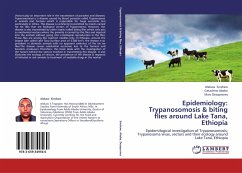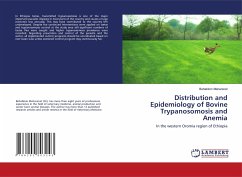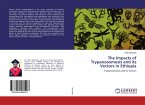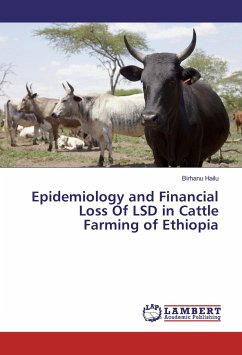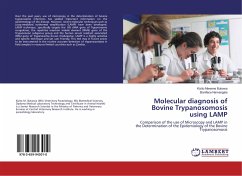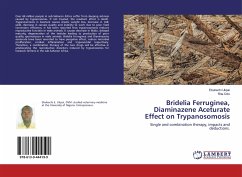The epidemiology of bovine trypanosomosis in northwest Ethiopia revealed that tsetse transmited trypanosomosis have a paramount importance by limiting the crop-livestock production system practiced long time in the study areas. Trypanosoma vivax and T. congolense were the species of trypanosome investigated during the study period. Both cyclical (Glossina morsitasns submorsitans) and non-cyclical (Tabanus, Stomoxysis and others) vectors of trypanosomes were identified. The prophylactic and curative doses of trypanocidal drugs locally used by farmers were found to be poor efficacy based on field methods of drug resistance detection indicating the presence of drug resistance. There was seasonal varation in the prevalence of trypanosomosis and fly density with higher prevalenc e and higher fly density just after rainy season than during the dry period. Therefore integrated and stratagic control program against the parasite and the vector is essential for improved productivity of livestock and agricultural activities in the study areas.
Hinweis: Dieser Artikel kann nur an eine deutsche Lieferadresse ausgeliefert werden.
Hinweis: Dieser Artikel kann nur an eine deutsche Lieferadresse ausgeliefert werden.

